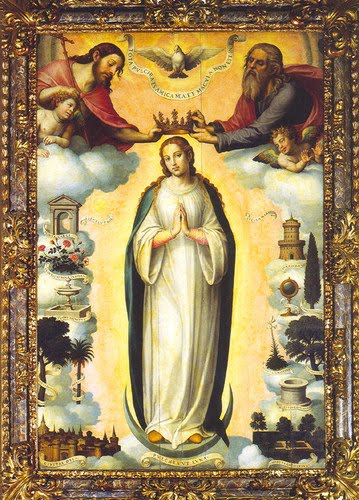The Christian feast of All Saints was not invented by the Roman Church to replace the pagan Celtic New Year celebration called
Samhain, although eventually the two coincided. The feast of All Saints was originally celebrated on May 13 and later transferred to November 1. The Roman Pantheon, once the temple dedicated to all the gods, was dedicated on May 13, 609 to Our Lady Queen of All the Martyrs. It was then that the bones of many martyrs were taken from the catacombs and placed with honor in the Pantheon. As Abbot Gueranger describes in his masterpiece
The Liturgical Year, Vol XV:
When Rome had completed the conquest of the world, she dedicated to all the gods, in token of her gratitude, the Pantheon, the most durable monument of her power. But when she herself had been conquered by Christ, and invested by him with the empire over souls, she withdrew her homage from vain idols and offered it to the Martyrs; for they, praying for her as she slew them, had rendered her truly eternal. To the martyrs then, and to Mary their Queen, she consecrated for ever, on the morrow of her merciful chastisement, the now purified Pantheon.
"Come forth from your dwellings, ye Saints of God, hasten to the place prepared for you." For three centuries the catacombs were the resting-place of our Lord's athletes, when they were borne from the arena. These valiant warriors deserved the honours of a triumph far better than did the great victors of old. In 312, however, Rome disarmed but not yet changed in heart, was not at all disposed to applaud the men who had conquered the gods of Olympus and of the Capitol. While the Cross surmounted her ramparts, the white-robed army still lay entrenched in the subterranean crypts that surrounded the city like so many outworks. Three centuries more were granted to Rome, that she might make satisfaction to God's justice, and take full cognizance of the salvation reserved for her by his mercy. In 609 the patient work of grace was completed; the Sovereign Pontiff Boniface IV uttered the word for the sacred crypts to yield up their treasures. It was a solemn moment, a forerunner of that wherein the Angel's trumpet-call shall sound over the sepulchres of the world. The successor of St. Peter, in all his apostolic majesty, and surrounded by an immense crowd, presented himself at the entrance of the catacombs. He was attended by eighteen chariots magnificently adorned for the conveyance of the martyrs. The ancient triumphal way opened before the Saints; the sons of the Quirites sang in their honour: "You shall come with joy and proceed with gladness; for behold, the mountains and the hills exult, awaiting you with joy. Arise, ye Saints of God, come forth from your hiding-places; enter into Rome, which is now the holy city; bless the Roman people following you to the temple of the false gods, which is now dedicated as your own church, there to adore together with you the majesty of the Lord."
Thus, after six centuries of persecution and destruction, the martyrs had the last word; and it was a word of blessing, a signal of grace for the great city hitherto drunk with the blood of Christians. More than rehabilitated by the reception she was giving to the witnesses of Christ, she was now not merely Rome, but the new Sion, the privileged city of the Lord. She now burned before the Saints the incense they had refused to offer to her idols; their blood had flowed before the very altar, on which she now invited them to rest, since the usurpers had been hurled back into the abyss. It was a happy inspiration that induced her, when she dedicated to the holy martyrs the temple built by Marcus Agrippa and restored by Severus Augustus, to leave upon its pediment the names of its primitive constructers and the title they had given it; for then only did the famous monument truly merit its name, when Christian Rome could apply to the new inhabitants of the Pantheon those words of the Psalm: I have said, you are gods. The thirteenth of May was the day of their triumphant installation.
Every dedication on earth reminds the Church, as she herself tells us, of the assembly of the Saints, the living stones of the eternal dwelling which God is building for himself in heaven. It is not astonishing, then, that the dedication of Agrippa's Pantheon, under the above-mentioned circumstances, should have originated the feast of today. Its anniversary, recalling the memory of the martyrs collectively, satisfied the Church's desire of honouring year by year all her blessed sons who had died for the Lord; for at an early date it became impossible to celebrate each of them on the day of his glorious death. In the age of peace there was added to the cultus of the martyrs that of the other just, who daily sanctified themselves in all the paths of heroism opened out to Christian courage. The thought of uniting these with the former in one common solemnity, which would supply for the unavoidable omission of many of them, followed naturally upon the initiative given by Boniface IV.
In 732, in the first half of that eighth century which was such a grand age for the Church, Gregory III dedicated, at St. Peter's on the Vatican, an oratory in honour of the Saviour, of his blessed Mother, of the holy Apostles, of all the holy Martyrs, Confessors, and perfect Just, who repose throughout the world. A dedication under so extensive a title did not, it is true, imply the establishment of our feast of All Saints by the illustrious Pontiff; yet from this period it began to be celebrated by divers churches, and that too on the first of November; as is attested, with regard to England, by Venerable Bede's Martyrology and the Pontifical of Egbert of York. It was far, however, from being universal, when in the year 835 Louis le Debonnaire, at the request of Gregory IV and with the consent of all the bishops of his realm, made its celebration obligatory by law. This decree was welcomed by the whole Church and adopted as her own, says Ado, with reverence and love.
The councils of Spain and Gaul, as early as the sixth century, mention a custom then existing, of sanctifying the commencement of November by three days of penance and litanies, like the Rogation days which precede the feast of our Lord's Ascension.
The main reason the Pope changed the feast of All Saints from May to November was that in the fall after the harvest there was more food to feed the pilgrims who came to Rome to venerate the relics of the martyrs. May 13 is still regarded as the feast of Our Lady Queen of Martyrs, and it was on that day that the Blessed Mother first appeared at Fatima in 1917, at the beginning of the century when more Catholics would be killed for their beliefs than ever before.
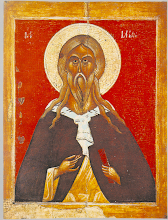

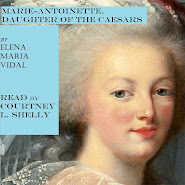



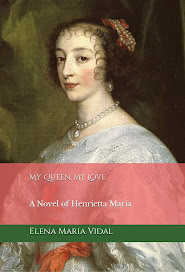










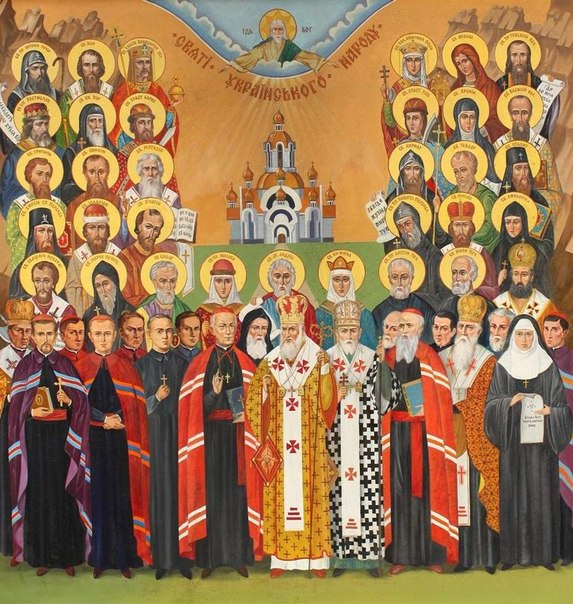





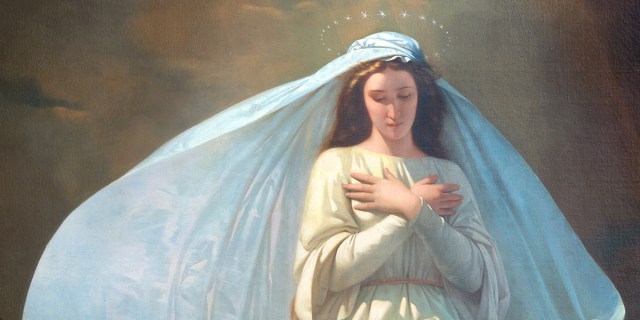

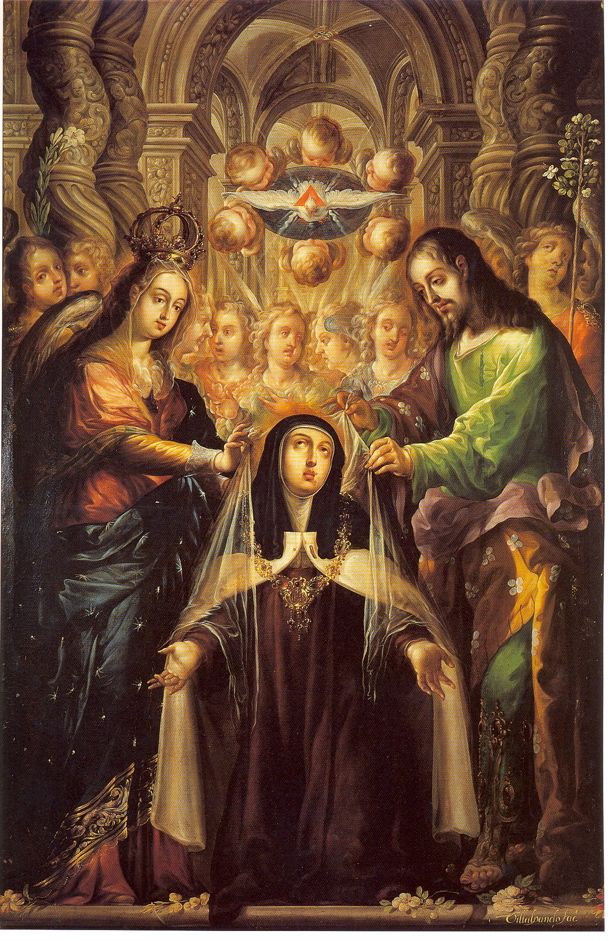


 "I dwelt in the highest places, and my throne is in a pillar of cloud." Ecclesiasticus 24:7
"I dwelt in the highest places, and my throne is in a pillar of cloud." Ecclesiasticus 24:7